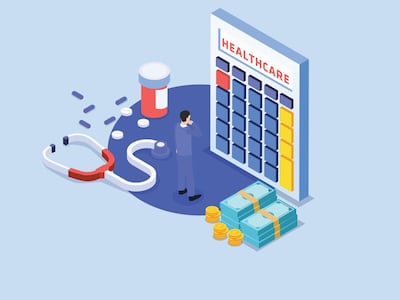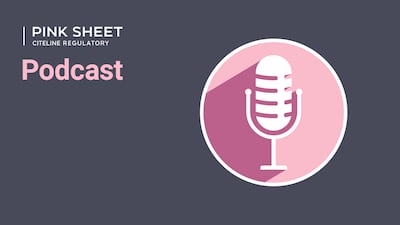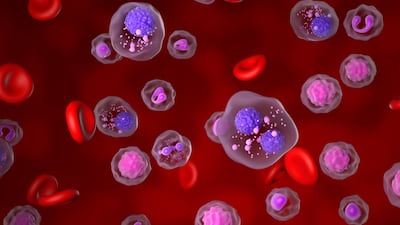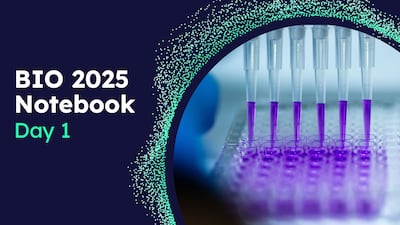Outpatient drug purchases under the 340B discount program rose 22% to $53.7bn in 2022, according to new spending data released by the Health Resources and Services Administration. The upsurge continued a streak of 20%-plus annual increases in the program in recent years.
The spending figures were first released by Drug Channels Institute CEO Adam Fein on his Drug Channels blog after he...
Read the full article – start your free trial today!
Join thousands of industry professionals who rely on Pink Sheet for daily insights
- Start your 7-day free trial
- Explore trusted news, analysis, and insights
- Access comprehensive global coverage
- Enjoy instant access – no credit card required
Already a subscriber?








